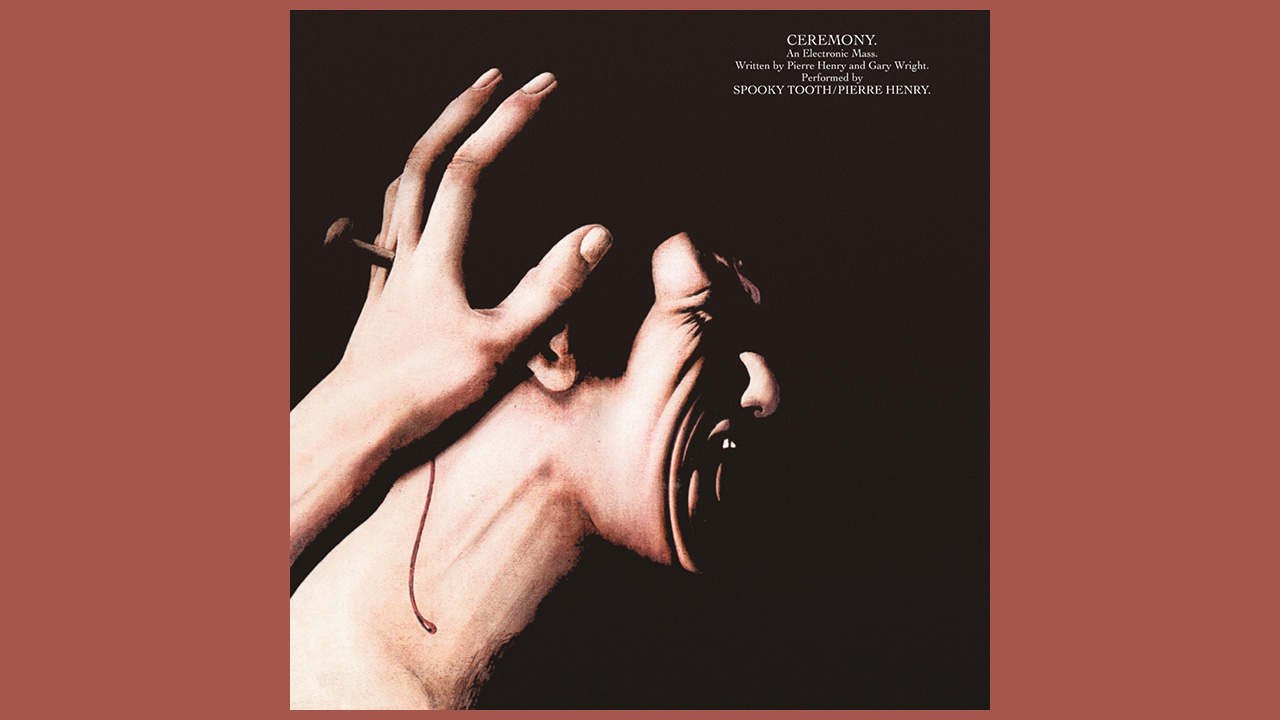When Spooky Tooth agreed to collaborate with composer Pierre Henry, the resulting album – 1970's Ceremony – turned out to be a brave but misguided disaster. But as Prog argued in 2013, there was an unexpected silver lining to the musical dark cloud.
In the spring of 1969, Spooky Tooth could have been forgiven for thinking they had the world at their feet. Their second album, Spooky Two, had been canonised in the music press – and with just cause. Shortly afterwards, the band were approached by avant-garde French composer Pierre Henry, who was seeking a rock band to collaborate on his next project.
Formally trained at the Paris Conservatoire, Henry developed an interest in studying the art of noise, which led to him becoming a foremost exponent of musique concrète. He exhibited the results in Symphonie Pour Un Homme Seul (“Symphony for One Man Alone”) – a work based solely upon sounds made by the human body.
He also scored the ballet Messe Pour Le Temps Present (“Mass For The Present Time”) in 1967, including a piece called Psyché Rock, which was later remade to become the Futurama theme tune.
Henry proposed the concept of a holy ritual, and Spooky Tooth keyboardist Gary Wright warmed to the idea, composing six numbers laden with Gothic overtones and laced with enough Wagnerian chords to give the Hellfire monks of Medmenham the heebie-jeebies.
The album drew scathing reviews and divided fans, as did John Holmes’ provocative cover art
While other band members may not have shared the same level of enthusiasm, they nevertheless entered wholeheartedly into the concept; and mad vicar Mike Harrison’s gutsy, gospel-tinged vocals conferred much authority upon proceedings.
Henry had no contact with the band during his recording process; upon receiving the two-track tapes, he overdubbed his own contributions. The result was a work which possessed a kinship with Terry Riley’s A Rainbow In Curved Air, and An Electric Storm by White Noise; and held a direct lineage to Louis and Bebe Barron’s soundtrack for sci-fi classic Forbidden Planet.
Ceremony (An Electronic Mass) was released by Island Records in the December of 1969 – without the consensus of the band. The album drew scathing reviews and divided fans, as did John Holmes’ provocative cover art (he’d recently gained notoriety for the jacket of Germaine Greer’s book The Female Eunuch). Holmes depicted a man with a hand nailed to his head, It was an image that some believed irreligiously aped the crucifixion of Christ.
Although a commercial success in France, the album failed to chart elsewhere; and, disillusioned, Wright split from Spooky Tooth, declaring the work “an utter failure.” But he was wrong to think so.
Flawed it may have been – but fusing electronic music and rock became the cornerstone of a progressive movement. Wright and his comrades should be proud.


